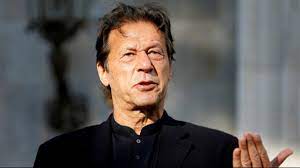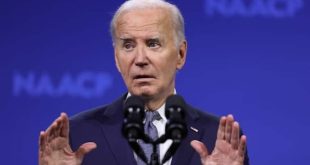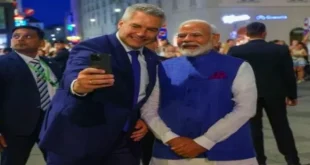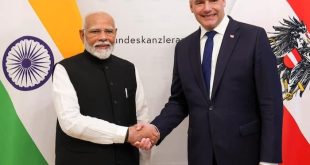Pakistan Politics: The Political Turmoil Following Imran Khan’s Party in Opposition
In a surprising turn of events, Tehreek-e-Insaf (PTI), the political party led by the incarcerated former Prime Minister Imran Khan, has decided to take a seat in the opposition in the parliament after failing in its attempts to form a government. The aftermath of the elections held on February 8 in Pakistan has witnessed a swift escalation in the efforts of major political parties to secure a federal government.
Election Dynamics in Pakistan
Challenging Majority
The elections on February 8 saw no single party gaining an absolute majority, prompting major political parties to intensify their efforts to form a federal government.
PTI’s Influence in Election Results
PTI-backed independent candidates played a significant role in shaping the election outcomes, creating a substantial impact on the political landscape.
PML-N’s Claims for Power
Pakistan Muslim League-Nawaz (PML-N) has asserted that it has the necessary numerical strength to form a government, challenging PTI’s influence.
PTI’s Struggle and Decision
Failed Attempts by PTI
Efforts by PTI to secure power were thwarted, leading to a reassessment of its position and strategy.
PTI in the Opposition
PTI’s founder, Barrister Muhammad Ali Saif, announced on Friday that the party, following Imran Khan’s guidance, has chosen to sit in the opposition in major provinces, including Punjab.
Justification for Opposition Role
In a post-meeting statement with the Awami National Party (ANP) in Islamabad, Saif justified the decision, saying, “Despite the reality, we decided to sit in the opposition because if our candidates had won according to our votes and the results were not altered, today we would have been in power with 180 seats. We have evidence that our candidates won.”
Controversies and Allegations
Allegations of Rigging
PTI, in response to the election results, issued a white paper on Friday, alleging electoral malpractices and irregularities. The party plans to initiate protests starting Saturday to highlight its opposition to the alleged rigging.
White Paper and Protests
The release of the white paper and the decision to begin protests indicate PTI’s determination to challenge the election results through legal and public means.
Regional Impact: Punjab
PTI in Punjab Opposition
Barrister Saif also confirmed PTI’s decision to sit in the opposition in the pivotal province of Punjab, despite being a stronghold.
PTI’s Regional Strategy
The decision to join the opposition in Punjab showcases PTI’s strategic reevaluation, emphasizing its commitment to democratic principles.
Media Address and Public Perception
Saif’s Media Statement
Barrister Saif addressed the media after a meeting with the National Party, emphasizing the party’s commitment to democratic norms and its decision to respect the election results.
Public Perception and Backlash
The public’s reaction to PTI’s decision is mixed, with supporters applauding the party’s commitment to transparency, while critics argue it reflects a refusal to accept defeat.
Future Plans and Demonstrations
PTI’s Anti-Rigging Campaign
PTI’s decision to release a white paper and initiate protests suggests a robust anti-rigging campaign to challenge the election results.
Legal Recourse
In addition to protests, PTI is exploring legal avenues to address its concerns, further highlighting its commitment to fair democratic practices.
In the aftermath of the February 8 elections in Pakistan, PTI’s choice to join the opposition signifies a crucial moment in the country’s political landscape. The allegations of rigging, the release of a white paper, and the decision to protest indicate that the political turmoil is far from over. As the situation unfolds, it remains to be seen how the dynamics will shape the future of Pakistani politics.
 Suspense Crime Sach Ka Dam
Suspense Crime Sach Ka Dam



